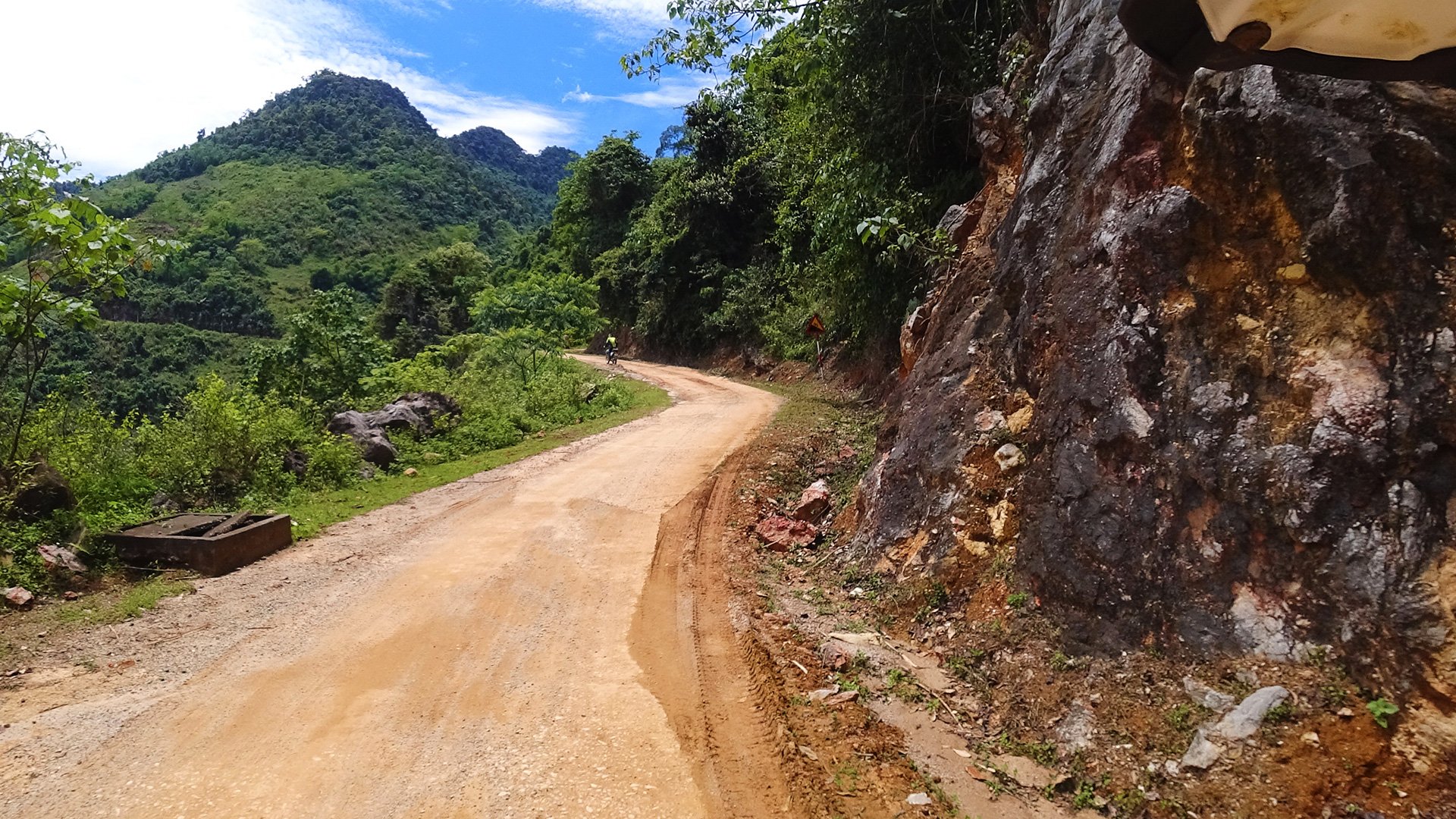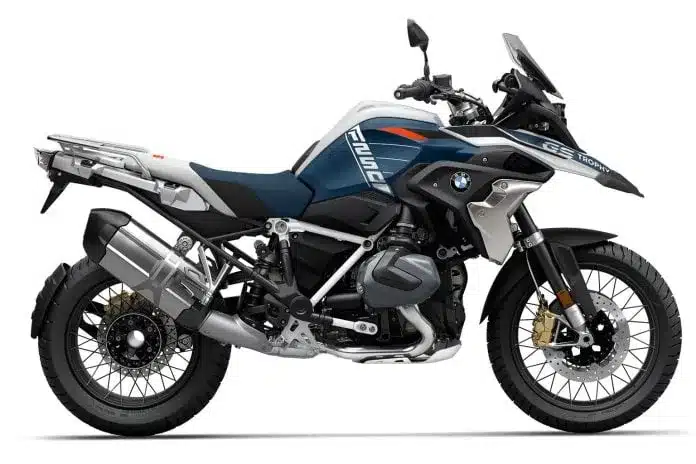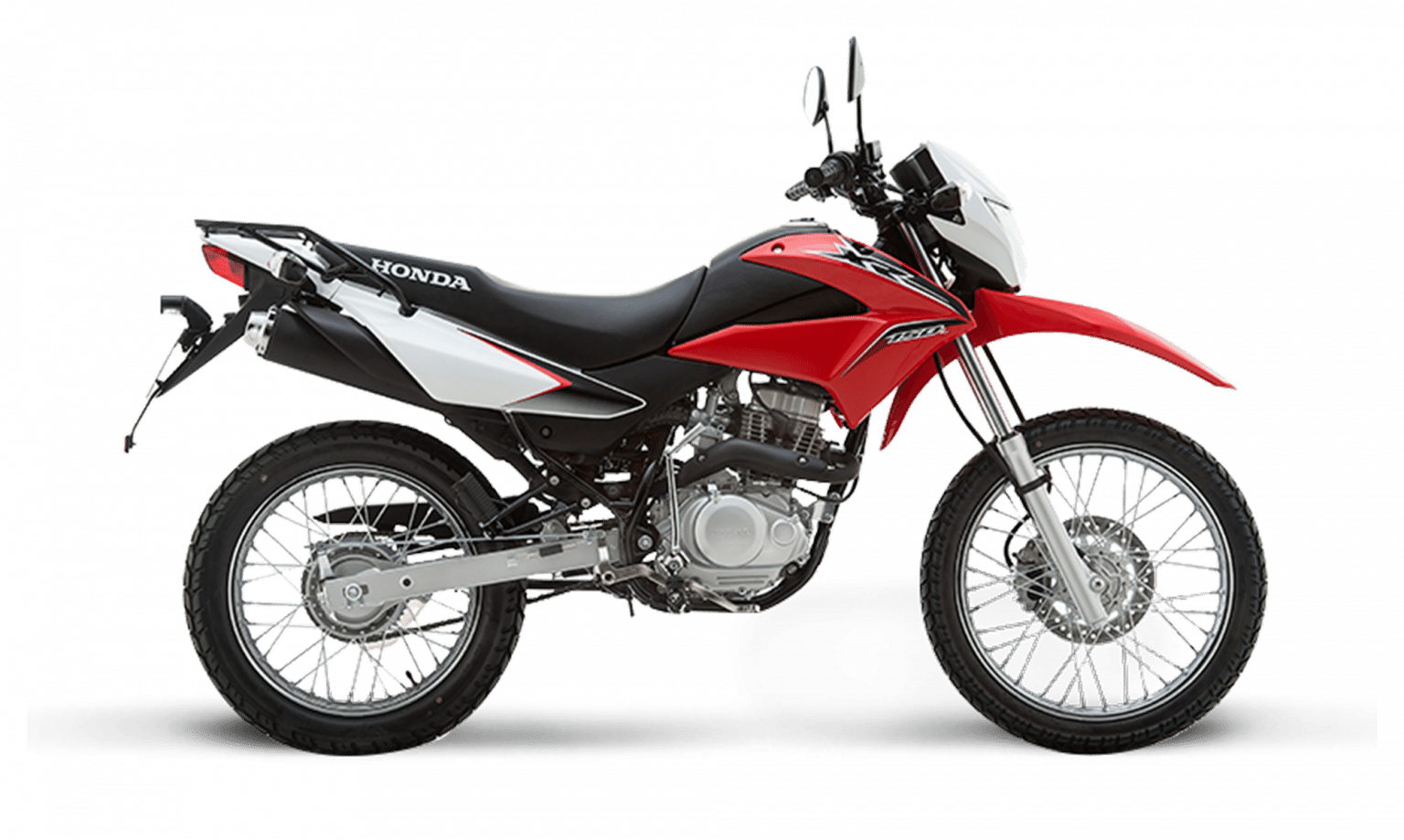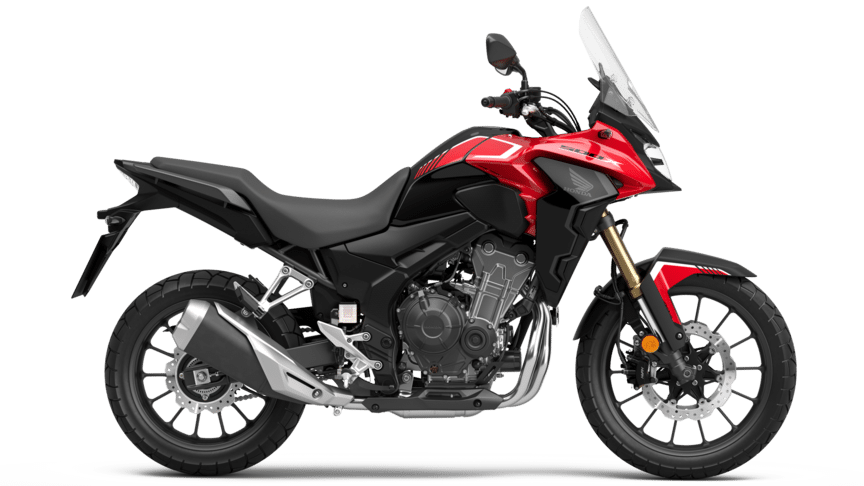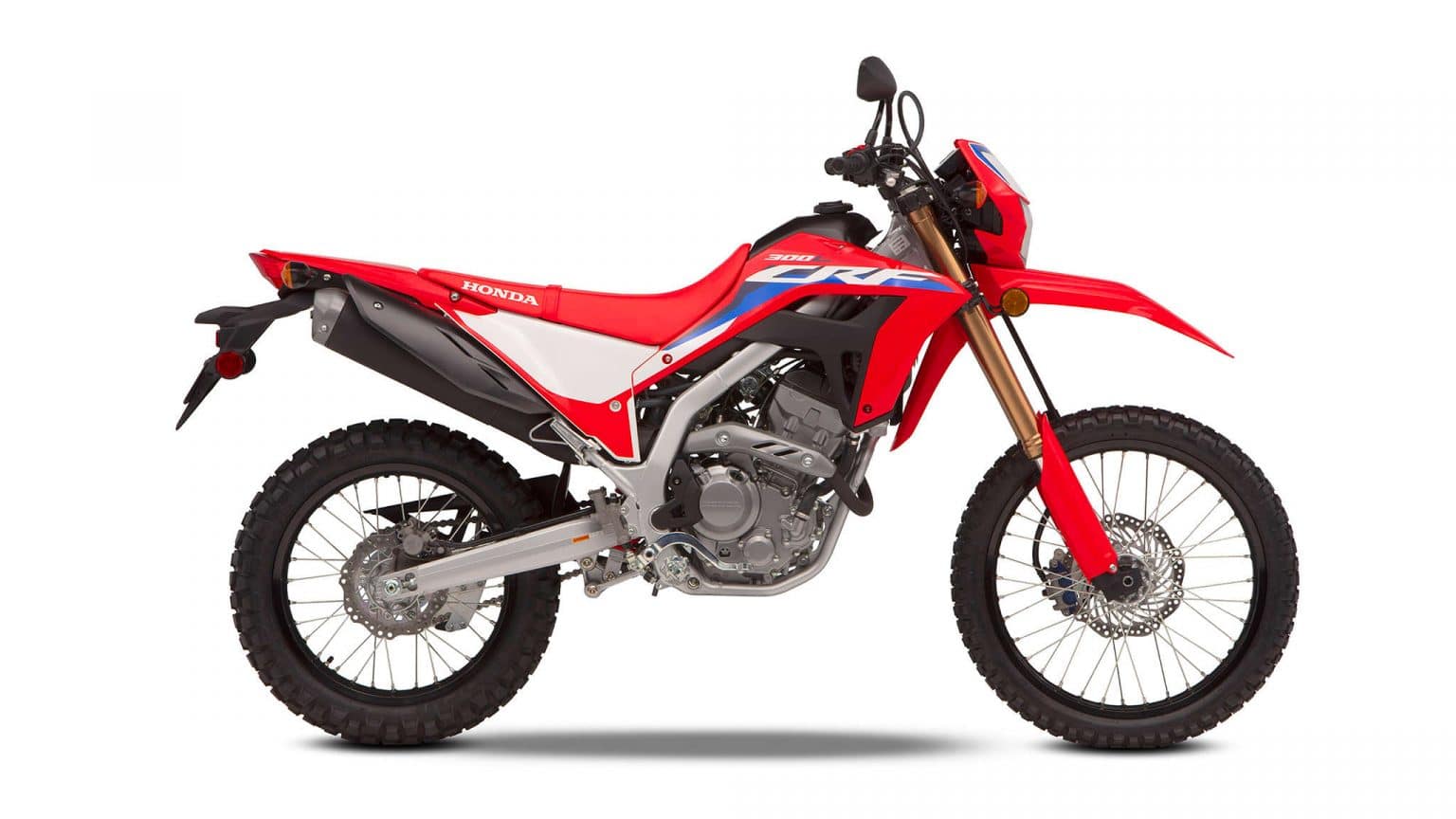The Mountains of Pu Luong
Pu Luong Nature Reserve sits just 140km from the centre of Hanoi and is located in Thanh Hoa Province. A region made up of vast and diverse mountain ranges and inhabited by the Thai ethnic group.
Due to its height and mountain range, the park remains somewhat cool all year round, making it a destination that can offer a break during the North’s hot summer months. Made up of lush, green, and mountainous scenery, Pu Luong is a popular destination for travelers and Vietnamese locals in the north. Not only this but Pu Luong is the first of two great stops on our Black River Loop Tour and is an amazing place to visit at any time of the year.
Pu Luong Nature Reserve: Why visit?
Pu Luong Nature Reserve is one of the largest areas of protected natural beauty in the north of Vietnam. It boasts home to an extremely diverse landscape, with various different types of forests and a sprawling river system. The Ma River that flows through the park and is the third-largest river in Vietnam. Established as a Nature Reserve in 1999 and is an ecological rehabilitation subdivision, the reserve plays an important role in protecting some of Vietnam’s most rare fauna and flora.
Due to the reserves of diverse conditions and landscapes, there are a total of 5 forest subtypes. Each subtype falls within the parks sprawling seasonal, evergreen, and tropical closed forest. Rich in fauna and flora Pu Luong has a total of 598 animal species, including a total of 51 rare species. Species of bear, langur, and leopard have also been recorded in the park. Spotting one is however extremely rare and you should count yourself very lucky if you do! Limestone mountains within the park are also home to some extremely impressive caves worth seeking out and exploring.
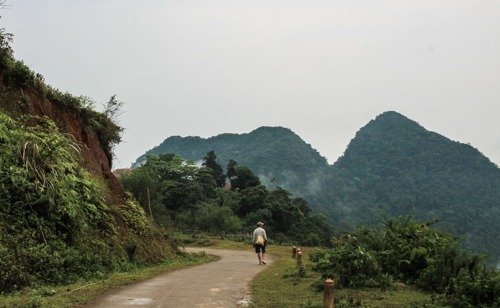
Rice Terraces and Local Culture
This mountainous reserve is also home to Thai Ethnic groups, who have farmed the land for hundreds of years. They farm Vietnam’s most famous crop, rice. For miles and miles, rice terraces cover the mountainsides creating an impressive landscape all year round. During the winter months, the rice terraces appear to be layered muddy pools that climb up the mountains.
During the summer months, the terraces are alive with the crop. It almost looks as though there are bright green staircases leading up the mountainsides as far as the eye can see. For a short period each year (May/June time), you can catch the rice as it turns yellow, ready to be harvested.
Arriving by Motorbike
One of the greatest things about Pu Luong is how accessible it is by motorbike. And not only is it easily accessible, the roads that lead you there are simply thrilling to drive on. The drive from Hanoi can take anywhere between 5-7 hours, depending on the route and number of stops you decide on. The 140-200km routes will have you winding along mountainside roads, cruising through deep valleys and crawling past fascinating villages.
The CT08 stretch of the road leaving Hanoi is the most uninteresting stretch of the journey. Fortunately, this section of the drive only lasts for around one hour. Following this, the drive really comes into its own.
Shortly after you leave the CT08 and join onto the AH13, you find yourself sailing along well-built roads and through rolling hills. This road leads all the way to Hoa Binh, the only other city you will encounter on your journey.
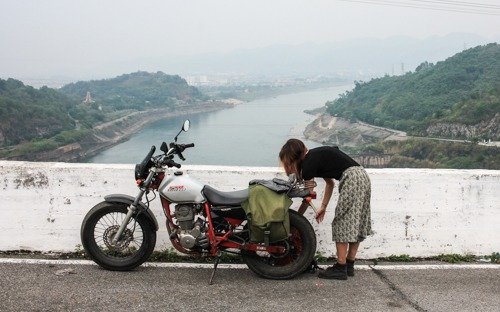
Hoa Binh is just under two hours from Hanoi and is the ideal place to plan a coffee/lunch break. Here you can avoid driving through the town center and join the top road leading alongside the River Da. Here you can find numerous cafes and restaurants overlooking the river.
At the very top of this road, you will encounter the very large and impressive Hoa Binh Dam. As an extremely large man-made structure, the dam is surprisingly fascinating to take a look at and should not be missed. One side of the dam drops off into the beautiful blue Da River. The other side is met by the edge of the even more impressive 70km long Hoa Binh Lake.
If you’re lucky, you may even catch the dam’s flood gates being opened!
After leaving Hoa Binh on the AH13, you will soon join the QL6, which is the start of your ascent into the mountains. Here the drive to Pu Luong really starts to get interesting. The scenery begins to change and the Limestone Mountains begin to appear on the horizon. At this stage, you have two options, the shorter more challenging route or the longer easier route. Both of which will not disappoint.
Option 1: The Shorter Mountain Route
Choosing to leave the QL6 (AH13) at the earliest option will have you entering the park on what can only be described as a back road. This zigzagging road will have you gripping onto your motorbike as you climb toward Pu Luong. The surrounding scenery becomes progressively more dramatic, as does the quality of the road. Don’t let this put you off though, the road does exist and it is manageable.
Locals whizz past on their small motorbikes packed with large loads as though they were riding along a motorway. A welcome reminder that this road is manageable for most. The road continues to climb through small villages, markets, and farmland. Locals wave whilst manning their cattle or their market stall. Rice pickers walk the mountain roads with loads of rice on their backs and will greet you with a smile as you pass.
As the journey proceeds into the depths of the valleys, the simple rural life led by the locals becomes more apparent. Once the road has peaked you get a glimpse of the mountain range ahead of you. As you begin your descent along a zig-zagging mountain road covered with fallen rocks, the view ahead is second to none. Dodging rocks and tackling bone-shaking sections of the road is well worth it.
The road does demand your full attention, so remember to stop to absorb the view. Standing above the clouds overlooking green jungle sprawling the mountains ahead is the exact reason you should take a moment to soak it all in.
After your descent, you’ll find yourself in the depths of Pu Luong.
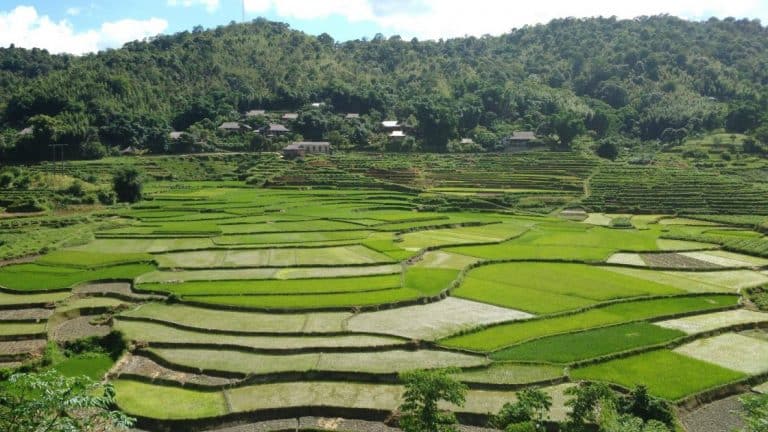
Option 2: The Longer Valley Route via Mai Chau
The second and arguably easier option adds an additional 50 or so kilometers to your motorbike journey. Bypassing the turning for option one and staying on the AH13 for an extra hour takes you around the northern tip of Pu Luong. This valley side road is also one that should not be missed. As the main road it is busy, but an easy ride. For an entire 20km, the road has cliffs to one side and drops to the valley floor on the other. Just magnificent!
Something worth considering is that this route takes you skirting past the well known lakeside destination of Mai Chau. With lakeside views and breathtaking scenery, Mai Chau is definitely worthy of an overnight stop. For more info on where to stay and what to do in Mai Chau, read our post.
Shortly after you will reach the turning for the QL15 that leads directly into the center of Pu Luong. The QL15 is a stretch of developed road that weaves through the valleys and mountains of Pu Luong. This accessible road is an easier option and can be managed by newer riders with ease. Just keep slow on those corners!
Its twists and turns are fun to embrace, whilst it’s ascent and descent are easier than option 1.
Take a Guided Tour
If you prefer not to deal with the nitty gritty of finding your way, and where to stay, you can always take a guided tour. There are several companies based in Hanoi and we do recommend those in Hanoi rather than those in other parts of the country. Local knowledge of the area and the language is key.
Our tours are great fun and value as well as being trustworthy and reliable we have been to this area more times than we’ve had hot dinners. We know the routes and the guesthouses and can take away all the niggly issues that make a trip hard work. You just get to sit back and ride. We have many different kinds of tour ranging from 2 to 14 days.
Another option is Cuong’s Motorbike Adventure. They have a well-deserved reputation. If you want a reliable operator that can deal with the good, and sometimes the bad, then these are the guys. I once went on a trip on their Urals and the cylinder head of my friend’s bike blew. No problem. The guide/mechanic changed the head and we were on our way in about 30 minutes!!
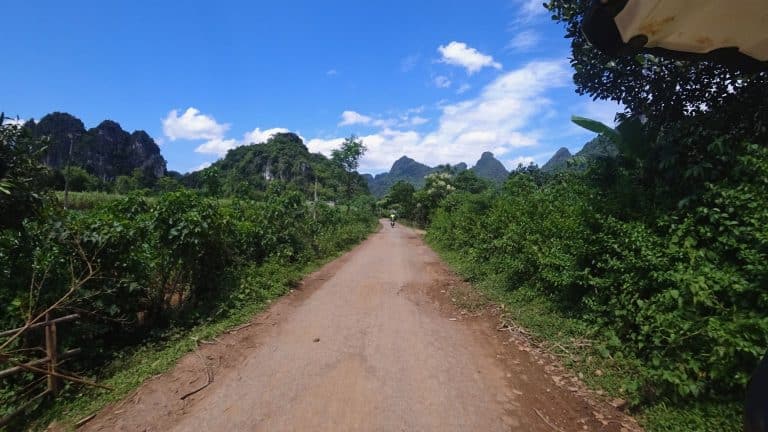
What To Do In Pu Luong?
Riding the mountainside roads is just one of many activities you can do in Pu Luong. Taking longer on the trip in, and even coming slightly off track to explore before you actually arrive in the park are all part of your adventure. So don’t rush, and remember to take in everything as you go! Once you arrive, the area has a number of villages, hikes, waterfalls, and caves that can be explored. And give you a chance to take the pressure off your backside for a while.
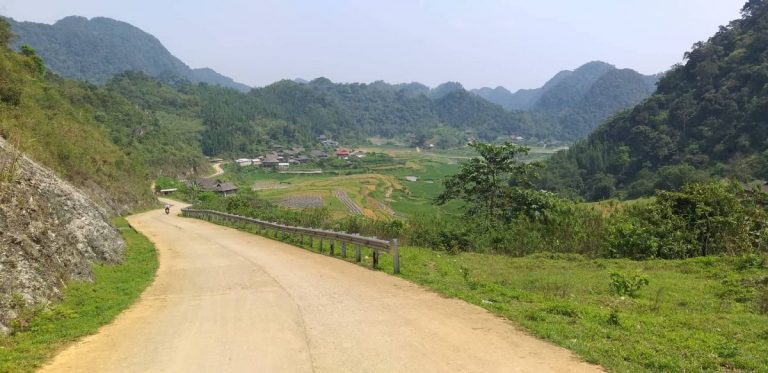
Trekking
One of the most popular activities drawing tourists to Pu Luong Nature Reserve is hiking. Hikes range from simple one-day trips to multi-day extended trips. There are various different tour providers who offer hiking trips around the reserve. Extended trips can last up to 3 days and hikers will trek to the depths of the reserve, staying overnight at different homestays and experiencing life among the Muong and Thai ethnic groups.
Most homestays and hotels will also offer hiking trips, so be sure to check with your accommodation before you arrive. Local guides often lead guided hikes. The guided hikes can be very informative and provide hikers with inside information about the reserve and ethnic culture.
Alternatively, if you prefer to explore on your own you will find various different paths leading from the roadside to take throughout Pu Luong. Bare in mind that a lot of the land in Pu Luong is farmed and you can easily find yourself on somebody’s property!
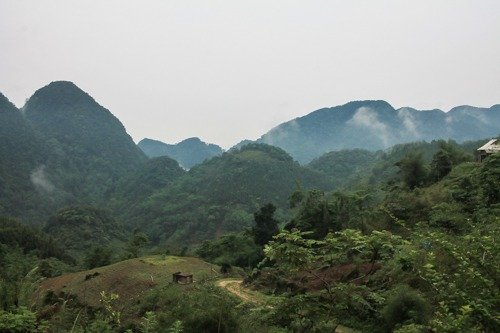
Kho Muong Village
The village of Kho Muong is home to 90% of Pu Luong’s tourist accommodation. The well-traveled area of the reserve is surrounded by beautiful rice terraces and is worth exploring. Valley paths are easy to follow and are well maintained. It is easy to spend a day simply exploring the area by foot or by bicycle. Most accommodation will provide free access to bicycles, allowing you to ride around the reserve with ease and give your motorbike some much-needed rest after the ride in.
Locals here are familiar with passing tourists and are extremely welcoming. Whilst exploring the area you will see them tending to their rice paddies and water buffalo. Living that simple and often envious lifestyle, a million miles away from high-speed wifi and skinny soy mocha lattes.
Rice terraces in this particular area of the park are some of the vaster and more impressive ones, mainly due to their height. One of the views Pu Luong is most famous for. If you’re looking to experience untouched Pu Luong however, we suggest you opt to stay in a homestay in a more rural part of the reserve. Suggestions for accommodation can be found later in the post.
That being said, when passing the village on the QL6, be sure to stop and explore the area taking in the true beauty of the rice terraces.
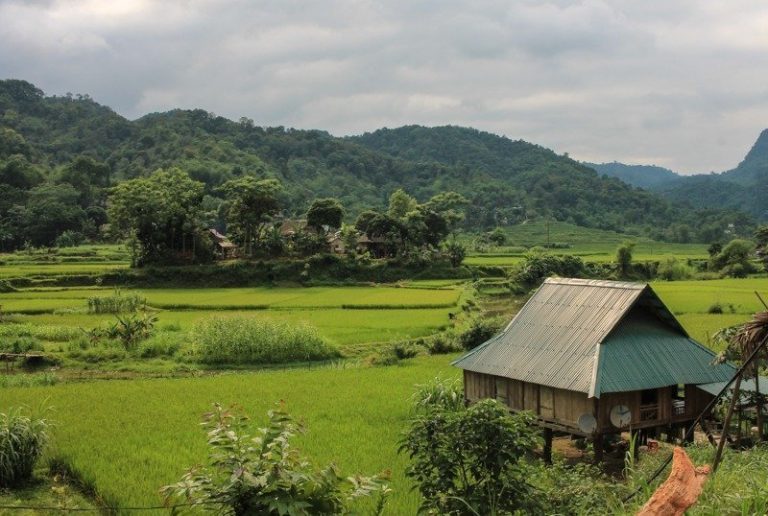
Swimming at Ban Nua Village
Ban Nua village is just one of the smaller villages that can be accessed within the park. The village itself is almost completely untouched by tourism and only has one local homestay.
There is a small dam within the village that has created a tempting swimming spot for both locals and tourists. Children spend the hot summer days cooling down in the small lakes crystal clear waters and tourists are welcome to join them. Like most of the smaller villages in the park, locals are fascinated by passing tourists and are eager to practice their English and grab a photo with you.
It is almost impossible to pass a group of children without hearing a resounding “Hello!” ringing in the air. Then again, this is more or less the same for anywhere in the reserve.
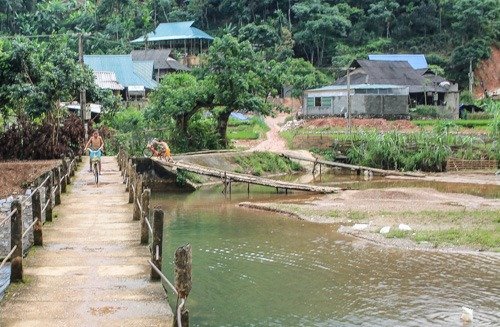
Thac Hieu
Closest to the first route option, Thach Hieu is a small village with a number of local homestays hidden from the tourist crowd. This small village is inhabited by the local Muong and Thai ethnic groups who have opened their homes to travelers wanting to stay overnight in the park.
Nestled within this small village is a beautiful waterfall that is perfect for swimming in. Just a short hike from the top of the village, you will find the water cascading down the hillside creating pools on its way. The perfect spot to cool down on a hot day.
Route Map: A 3 Day/2 Night Itinerary
This is a great loop to take as it gets you out of the city and into the countryside very quickly. You can see this on our Two Valleys Tour. Perfect for anyone who is happy to take in the countryside and doesn’t want to be knee deep in mud. You still get to see the real Vietnam as we get you off the main roads and away from the crowds but you don’t need to be an adventurer to do it.
Where to stay: Real Vietnam
In recent years, Pu Luong has become more popular with tourists and is now one of the top destinations in the north. There are a few resorts in the park where you are able to experience a luxury stay. Resorts can be found in the village of Kho Muong and offer a slice of the 4-star experience.
An Authentic Vietnamese Experience
Due to the park’s growth in popularity, locals have recently begun to open their doors to weary travelers and offered a place to eat and rest. Homestays in Pu Luong offer tourists a slice of what it is really like to be a local living within the depths of a huge and beautiful reserve.
Homestays are often traditional stilt houses with windows that open out into Pu Luong nature. All offer a place to sleep, delicious local food, somewhere to wash and a Vietnamese family to feel part of. What more could you want?
Remember that even the rural parts of Vietnam can get booked up, so calling and booking in advance is advised.
Contact: +84 857 550 703
Address: Lũng Cao, Bá Thước District, Thanh Hoa, Vietnam
Contact: +84 379 781 988
Address: Cổ Lũng, Bá Thước District, Thanh Hoa, Vietnam
